-
EXECUTIVE SUMMARY
-
MARKET ATTRACTIVENESS
-
ANALYSIS
-
GLOBAL XYLENE MARKET, BY PRODUCT
-
GLOBAL XYLENE MARKET, BY END USE
-
GLOBAL XYLENE MARKET, BY REGION
-
MARKET INTRODUCTION
-
DEFINITION
-
SCOPE OF THE STUDY
-
MARKET STRUCTURE
-
KEY IMPLEMENTATION
-
CRITERIA
-
RESEARCH METHODOLOGY
-
MARKET DYNAMICS
-
INTRODUCTION
-
DRIVERS
-
GROWTH OF CONSTRUCTION SECTOR
-
CRUDE OIL PRICES DUE TO STRINGENT RELATIONS BETWEEN IMPORTER AND EXPORTER
-
IN AUTOMOTIVE INDUSTRY
-
INCREASING GROWTH AND USAGE IN DOWNSTREAM INDUSTRY
-
RESTRAINTS
- UNCERTAINTY IN
-
OPPORTUNITIES
- CHANGING DYNAMICS
-
MARKET FACTOR ANALYSIS
-
SUPPLY/VALUE CHAIN ANALYSIS
-
PORTER FIVE FORCES
- THREAT OF NEW ENTRANTS
- BARGAINING POWER OF SUPPLIERS
- BARGAINING POWER OF BUYERS
- THREAT OF SUBSTITUTES:
- COMPETITIVE RIVALRY
-
IMPACT OF CORONAVIRUS
-
OUTBREAK ON THE GLOBAL XYLENE MARKET
-
OVERVIEW OF SUPPLY AND DEMAND SCENARIO
-
IMPACT OF COVID-19 ON SUPPLY
-
CHAIN ANALYSIS
-
GLOBAL XYLENE MARKET, BY TYPE
-
INTRODUCTION
-
P-XYLENE
-
O-XYLENE
-
M-XYLENE
-
MIXED XYLENE
-
GLOBAL XYLENE MARKET, BY END USE
-
INTRODUCTION
-
AUTOMOTIVE
-
TEXTILE
-
CHEMICAL
-
OIL & GAS
-
LEATHER
-
PAINTS & COATING
-
OTHER
-
GLOBAL XYLENE MARKET, BY REGION
-
OVERVIEW
-
NORTH AMERICA
- U.S.
- CANADA
-
EUROPE
- GERMANY
- U.K.
- FRANCE
- ITALY
- SPAIN
- RUSSIA
- REST OF EUROPE
-
-
ASIA-PACIFIC
- CHINA
- INDIA
- JAPAN
- SOUTH KOREA
- REST OF APAC
-
MEA (MIDDLE EAST AND AFRICA)
- GCC
- SOUTH AFRICA
- ROMEA
-
LATIN AMERICA
- BRAZIL
- MEXICO
- ARGENTINA
- ROLA (REST OF LATIN AMERICA)
-
COMPETITIVE LANDSCAPE
-
MARKET SHARE ANALYSIS
-
COMPETITIVE BENCHMARKING
-
COMPANY PROFILES
-
EXXON MOBIL CORPORATION
- COMPANY OVERVIEW
- FINANCIAL OVERVIEW
- PRODUCTS AND SERVICES
- SWOT ANALYSIS
- KEY STRATEGIES
-
CHEVRON PHILLIPS
-
CHEMICAL COMPANY LLC
-
COMPANY OVERVIEW
-
FINANCIAL OVERVIEW
-
PRODUCTS AND SERVICES
-
SWOT ANALYSIS
-
KEY STRATEGIES
-
TOTALENERGIES
-
COMPANY OVERVIEW
-
FINANCIAL OVERVIEW
-
PRODUCTS AND SERVICES
-
NEELKANTH FINECHEM LLP: SWOT ANALYSIS
-
INC
-
COMPANY OVERVIEW
-
FINANCIAL OVERVIEW
-
PRODUCTS AND SERVICES
-
KEY STRATEGIES
-
LOTTE CHEMICAL CORPORATION
- COMPANY OVERVIEW
- FINANCIAL OVERVIEW
- PRODUCTS AND SERVICES
- SWOT ANALYSIS
- KEY STRATEGIES
-
IDEMITSU KOSAN CO.,LTD
- COMPANY OVERVIEW
- FINANCIAL OVERVIEW
- PRODUCTS AND SERVICES
- SWOT ANALYSIS
- KEY STRATEGIES
-
TORAY INDUSTRIES,
-
SWOT ANALYSIS
-
KEY STRATEGIES
-
LG CHEM.
-
COMPANY OVERVIEW
-
FINANCIAL OVERVIEW
-
PRODUCTS AND SERVICES
-
SWOT ANALYSIS
-
KEY STRATEGIES
-
MITSUI & CO.
-
COMPANY OVERVIEW
-
FINANCIAL OVERVIEW
-
PRODUCTS AND SERVICES
-
SWOT ANALYSIS
-
KEY STRATEGIES
-
RELIANCE INDUSTRIES LIMITED.
-
-
COMPANY OVERVIEW
-
FINANCIAL OVERVIEW
-
PRODUCTS AND SERVICES
-
SWOT ANALYSIS
-
KEY STRATEGIES
-
INEOS.
- COMPANY OVERVIEW
- FINANCIAL OVERVIEW
- PRODUCTS AND SERVICES
- SWOT ANALYSIS
- KEY STRATEGIES
-
LIST OF TABLES
-
GLOBAL XYLENE MARKET, BY PRODUCT, 2019–2030
-
(USD MILLION)
-
TABLE
-
GLOBAL NATURAL XYLENE MARKET, BY REGION, 2019–2030 (USD MILLION)
-
GLOBAL SYNTHETIC
-
XYLENE MARKET, BY REGION, 2019–2030 (USD MILLION)
-
GLOBAL XYLENE MARKET, AS P-XYLENE, BY REGION,
-
GLOBAL XYLENE MARKET, AS O-XYLENE, BY REGION, 2019–2030
-
(USD MILLION)
-
TABLE
-
GLOBAL XYLENE MARKET, AS M-XYLENE, BY REGION, 2019–2030 (USD MILLION)
-
GLOBAL XYLENE
-
MARKET, AS MIXED XYLENE, BY REGION, 2019–2030 (USD MILLION)
-
GLOBAL XYLENE MARKET,
-
BY END USE, 2019–2030 (USD MILLION)
-
GLOBAL XYLENE MARKET, FOR AUTOMOTIVE, BY
-
REGION, 2019–2030 (USD MILLION)
-
GLOBAL XYLENE MARKET, FOR TEXTILE, BY REGION, 2019–2030
-
(USD MILLION)
-
TABLE
-
GLOBAL XYLENE MARKET, FOR CHEMICAL, BY REGION, 2019–2030 (USD MILLION)
-
GLOBAL XYLENE
-
MARKET, FOR OIL & GAS, BY REGION, 2019–2030 (USD MILLION)
-
GLOBAL XYLENE MARKET,
-
FOR LEATHER, BY REGION, 2019–2030 (USD MILLION)
-
GLOBAL XYLENE MARKET, FOR PAINTS & COATING,
-
BY REGION, 2019–2030 (USD MILLION)
-
GLOBAL XYLENE MARKET, BY REGION, 2019–2030
-
(USD MILLION)
-
TABLE
-
NORTH AMERICA: XYLENE MARKET, BY COUNTRY, 2019-2030 (USD MILLION)
-
NORTH AMERICA: XYLENE
-
MARKET, BY TYPE, 2019–2030 (USD MILLION)
-
NORTH AMERICA: XYLENE MARKET, BY END USE,
-
U.S.: XYLENE MARKET, BY TYPE, 2019–2030 (USD MILLION)
-
U.S.: XYLENE
-
MARKET, BY END USE, 2019–2030 (USD MILLION)
-
CANADA: XYLENE MARKET, BY TYPE, 2019–2030
-
(USD MILLION)
-
TABLE
-
CANADA: XYLENE MARKET, BY END USE, 2019–2030 (USD MILLION)
-
EUROPE: XYLENE MARKET,
-
BY COUNTRY, 2019-2030 (USD MILLION)
-
EUROPE: XYLENE MARKET, BY TYPE, 2019–2030
-
(USD MILLION)
-
TABLE
-
EUROPE: XYLENE MARKET, BY END USE, 2019–2030 (USD MILLION)
-
GERMANY: XYLENE MARKET,
-
BY TYPE, 2019–2030 (USD MILLION)
-
GERMANY: XYLENE MARKET, BY END USE, 2019–2030
-
(USD MILLION)
-
TABLE
-
U.K.: XYLENE MARKET, BY TYPE, 2019–2030 (USD MILLION)
-
U.K.: XYLENE MARKET,
-
BY END USE, 2019–2030 (USD MILLION)
-
FRANCE: XYLENE MARKET, BY TYPE, 2019–2030
-
(USD MILLION)
-
TABLE
-
FRANCE: XYLENE MARKET, BY END USE, 2019–2030 (USD MILLION)
-
ITALY: XYLENE MARKET,
-
BY TYPE, 2019–2030 (USD MILLION)
-
ITALY: XYLENE MARKET, BY END USE, 2019–2030
-
(USD MILLION)
-
TABLE
-
SPAIN: XYLENE MARKET, BY TYPE, 2019–2030 (USD MILLION)
-
SPAIN: XYLENE MARKET,
-
BY END USE, 2019–2030 (USD MILLION)
-
RUSSIA: XYLENE MARKET, BY TYPE, 2019–2030
-
(USD MILLION)
-
TABLE
-
RUSSIA: XYLENE MARKET, BY END USE, 2019–2030 (USD MILLION
-
ROE: XYLENE MARKET,
-
BY TYPE, 2019–2030 (USD MILLION)
-
ROE: XYLENE MARKET, BY END USE, 2019–2030
-
(USD MILLION)
-
TABLE
-
ASIA PACIFIC: XYLENE MARKET, BY COUNTRY, 2019-2030 (USD MILLION)
-
ASIA PACIFIC: XYLENE
-
MARKET, BY TYPE, 2019–2030 (USD MILLION)
-
ASIA PACIFIC: XYLENE MARKET, BY END USE,
-
CHINA: XYLENE MARKET, BY TYPE, 2019–2030 (USD MILLION)
-
CHINA: XYLENE
-
MARKET, BY END USE, 2019–2030 (USD MILLION)
-
INDIA: XYLENE MARKET, BY TYPE, 2019–2030
-
(USD MILLION)
-
TABLE
-
INDIA: XYLENE MARKET, BY END USE, 2019–2030 (USD MILLION)
-
JAPAN: XYLENE MARKET,
-
BY TYPE, 2019–2030 (USD MILLION)
-
JAPAN: XYLENE MARKET, BY END USE, 2019–2030
-
(USD MILLION)
-
TABLE
-
SOUTH KOREA: XYLENE MARKET, BY TYPE, 2019–2030 (USD MILLION)
-
SOUTH KOREA:
-
XYLENE MARKET, BY END USE, 2019–2030 (USD MILLION)
-
REST OF APAC: XYLENE MARKET, BY TYPE, 2019–2030
-
(USD MILLION)
-
TABLE
-
REST OF APAC: XYLENE MARKET, BY END USE, 2019–2030 (USD MILLION)
-
MEA: XYLENE
-
MARKET, BY COUNTRY, 2019-2030 (USD MILLION)
-
MEA: XYLENE MARKET, BY TYPE, 2019–2030
-
(USD MILLION)
-
TABLE
-
MEA: XYLENE MARKET, BY END USE, 2019–2030 (USD MILLION)
-
GCC: XYLENE MARKET,
-
BY TYPE, 2019–2030 (USD MILLION)
-
GCC: XYLENE MARKET, BY END USE, 2019–2030
-
(USD MILLION)
-
TABLE
-
SOUTH AFRICA: XYLENE MARKET, BY TYPE, 2019–2030 (USD MILLION)
-
SOUTH AFRICA:
-
XYLENE MARKET, BY END USE, 2019–2030 (USD MILLION)
-
ROMEA: XYLENE MARKET, BY TYPE, 2019–2030
-
(USD MILLION)
-
TABLE
-
ROMEA: XYLENE MARKET, BY END USE, 2019–2030 (USD MILLION)
-
LATIN AMERICA: XYLENE
-
MARKET, BY COUNTRY, 2019-2030 (USD MILLION)
-
LATIN AMERICA: XYLENE MARKET, BY TYPE, 2019–2030
-
(USD MILLION)
-
TABLE
-
LATIN AMERICA: XYLENE MARKET, BY END USE, 2019–2030 (USD MILLION)
-
BRAZIL: XYLENE
-
MARKET, BY TYPE, 2019–2030 (USD MILLION)
-
BRAZIL: XYLENE MARKET, BY END USE, 2019–2030
-
(USD MILLION)
-
TABLE
-
MEXICO: XYLENE MARKET, BY TYPE, 2019–2030 (USD MILLION)
-
MEXICO: XYLENE MARKET,
-
BY END USE, 2019–2030 (USD MILLION)
-
ARGENTINA: XYLENE MARKET, BY TYPE, 2019–2030
-
(USD MILLION)
-
TABLE
-
ARGENTINA: XYLENE MARKET, BY END USE, 2019–2030 (USD MILLION)
-
ROLA: XYLENE
-
MARKET, BY TYPE, 2019–2030 (USD MILLION)
-
ROLA: XYLENE MARKET, BY END USE, 2019–2030
-
(USD MILLION)
-
-
LIST OF FIGURES
-
MARKET SYNOPSIS
-
MARKET ATTRACTIVENESS
-
ANALYSIS: GLOBAL XYLENE
-
GLOBAL XYLENE ANALYSIS BY PRODUCT, % SHARE, 2022, MARKET SIZE,
-
FIGURE
-
GLOBAL XYLENE ANALYSIS BY END USE, % SHARE, 2022, MARKET SIZE, 2019-2030
-
GLOBAL XYLENE
-
ANALYSIS BY REGION, 2022
-
GLOBAL XYLENE MARKET: MARKET STRUCTURE
-
KEY BUYING CRITERIA OF XYLENE REPORT
-
BOTTOM-UP AND
-
TOP-DOWN APPROACHES
-
FIGURE
-
MARKET DYNAMIC ANALYSIS OF THE GLOBAL XYLENE MARKET
-
SUPPLY / VALUE CHAIN: GLOBAL XYLENE MARKET
-
GLOBAL XYLENE
-
MARKET, BY PRODUCT, 2022 (% SHARE), 2022 VS 2030 (USD MILLION)
-
GLOBAL XYLENE MARKET,
-
BY TECHNOLOGY, 2022 (% SHARE), 2022 VS 2030 (USD MILLION)
-
GLOBAL XYLENE MARKET, BY REGION, 2021 (%
-
SHARE) 2021 VS 2030 (USD MILLION)
-
NORTH AMERICA: XYLENE MARKET, BY COUNTRY, 2022 (USD BILLION)
-
EUROPE: XYLENE
-
MARKET, BY COUNTRY, 2022 (REVENUE % SHARE)
-
ASIA PACIFIC: XYLENE MARKET, BY COUNTRY,
-
FIGURE
-
MEA: XYLENE MARKET, BY COUNTRY, 2022 (REVENUE % SHARE)
-
LATIN AMERICA: XYLENE MARKET, BY COUNTRY,
-
FIGURE
-
MARKET SHARE ANALYSIS (2022, %) *
-
GLOBAL XYLENE MARKET: COMPETITIVE BENCHMARKING
-
CHEVRON PHILLIPS
-
CHEMICAL COMPANY: SWOT ANALYSIS
-
TOTALENERGIES: SWOT ANALYSIS
-
SWOT ANALYSIS
-
LOTTE CHEMICAL CORPORATION: SWOT ANALYSIS
-
IDEMITSU KOSAN
-
CO.,LTD: SWOT ANALYSIS
-
FIGURE
-
TORAY INDUSTRIES, INC.: SWOT ANALYSIS
-
LG CHEM: SWOT ANALYSIS
-
MITSUI & CO., LTD..: SWOT ANALYSIS
-
RELIANCE INDUSTRIES
-
LIMITED: SWOT ANALYSIS

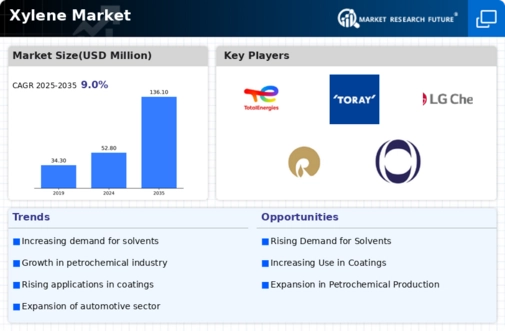
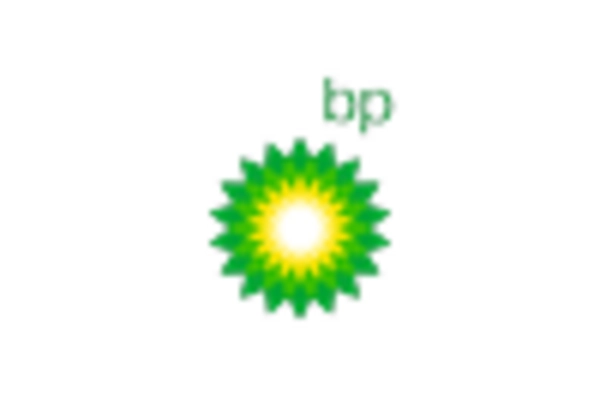
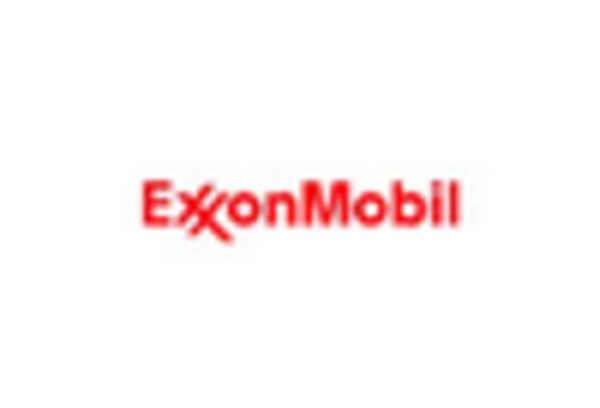
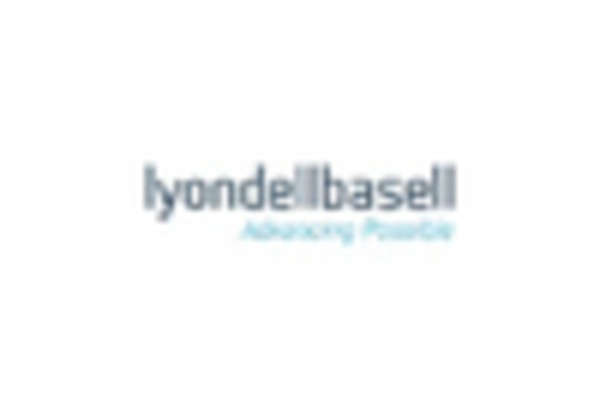
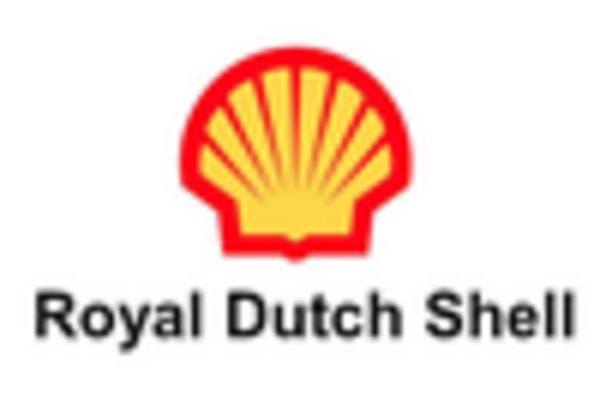
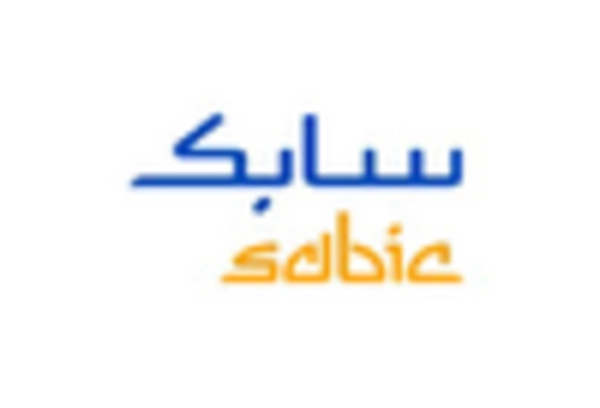
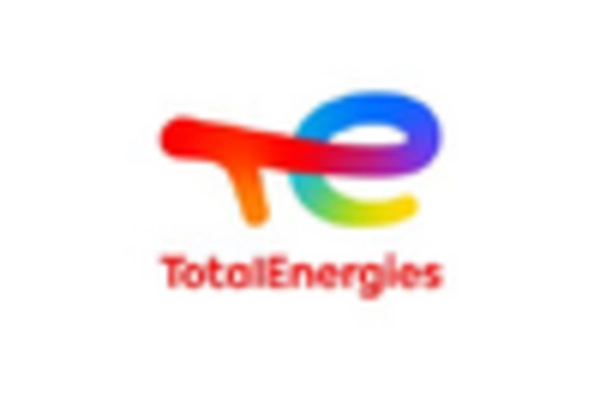









Leave a Comment